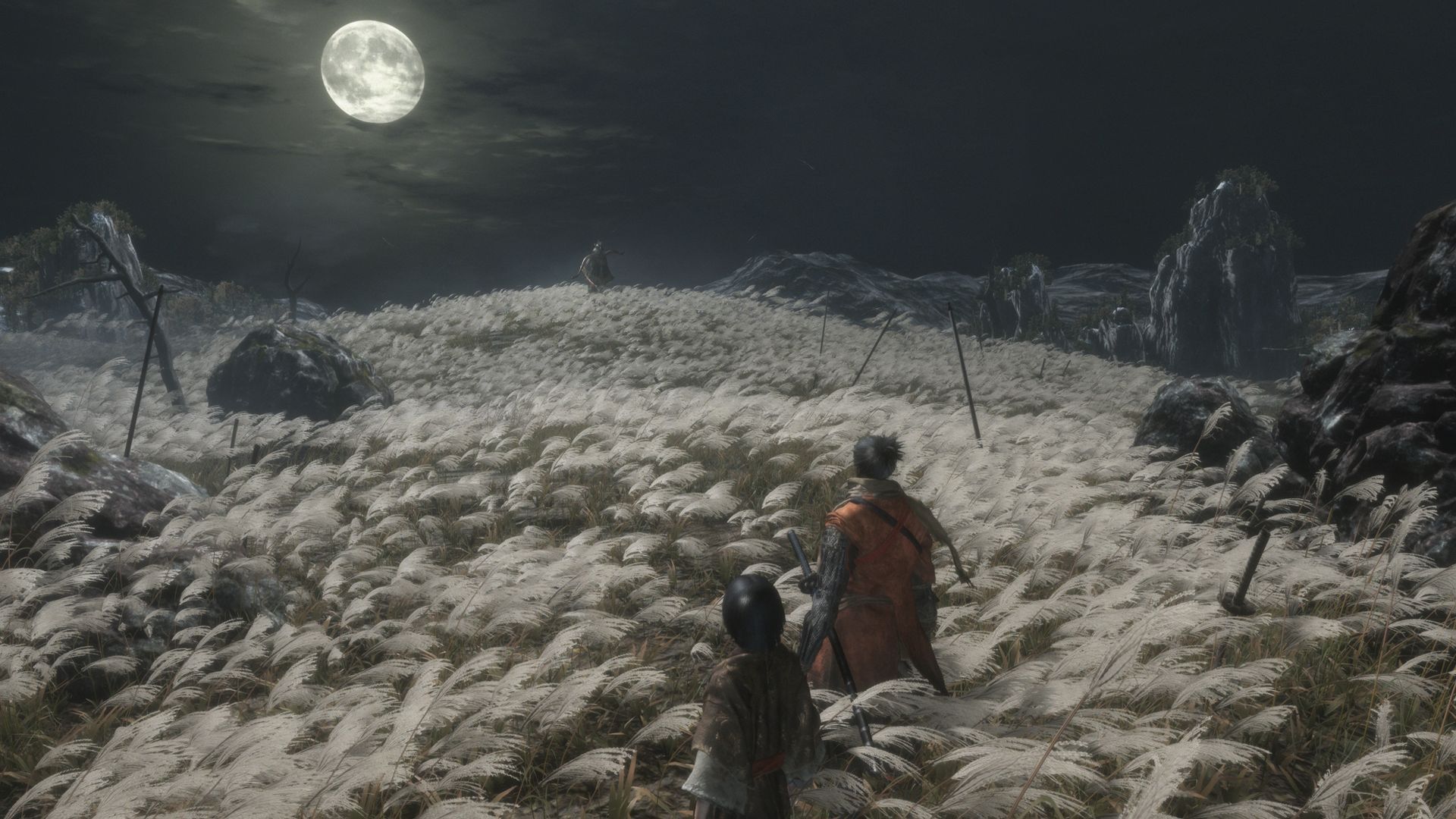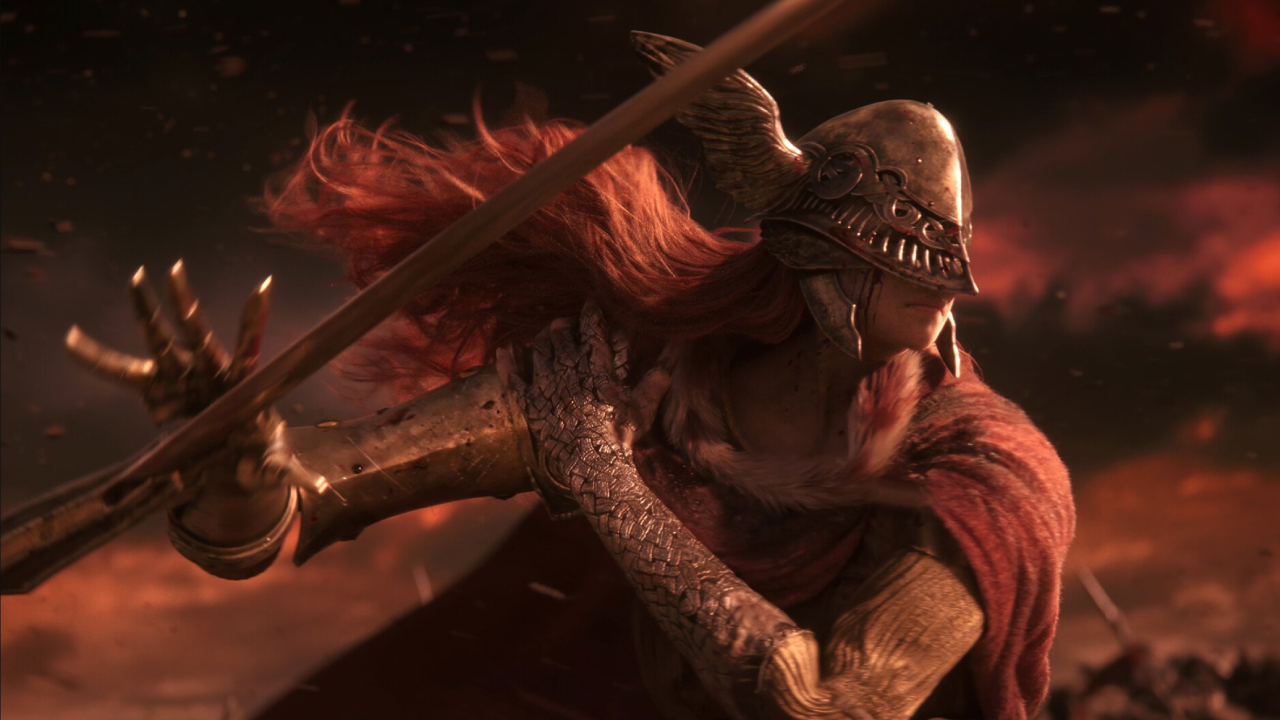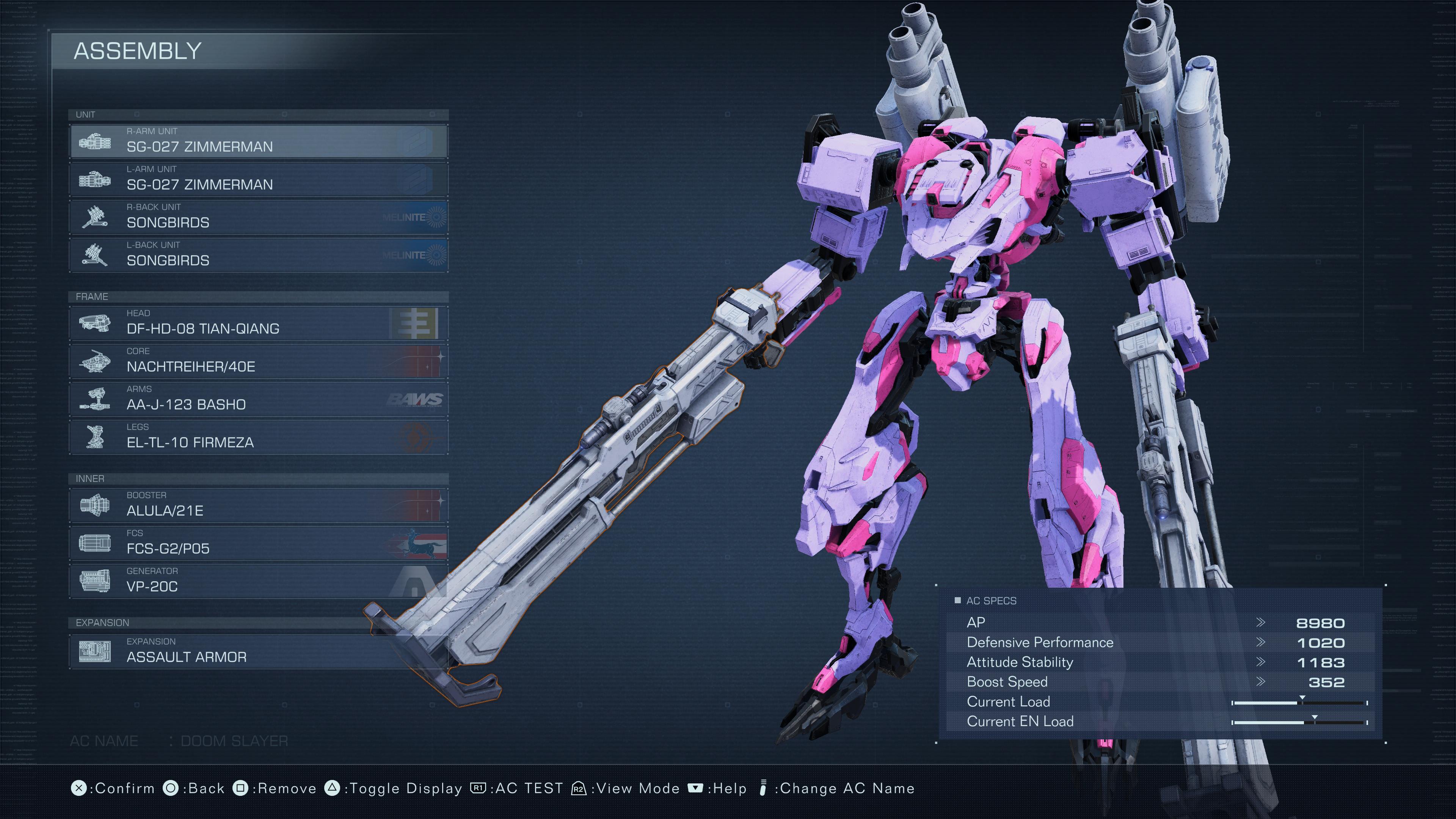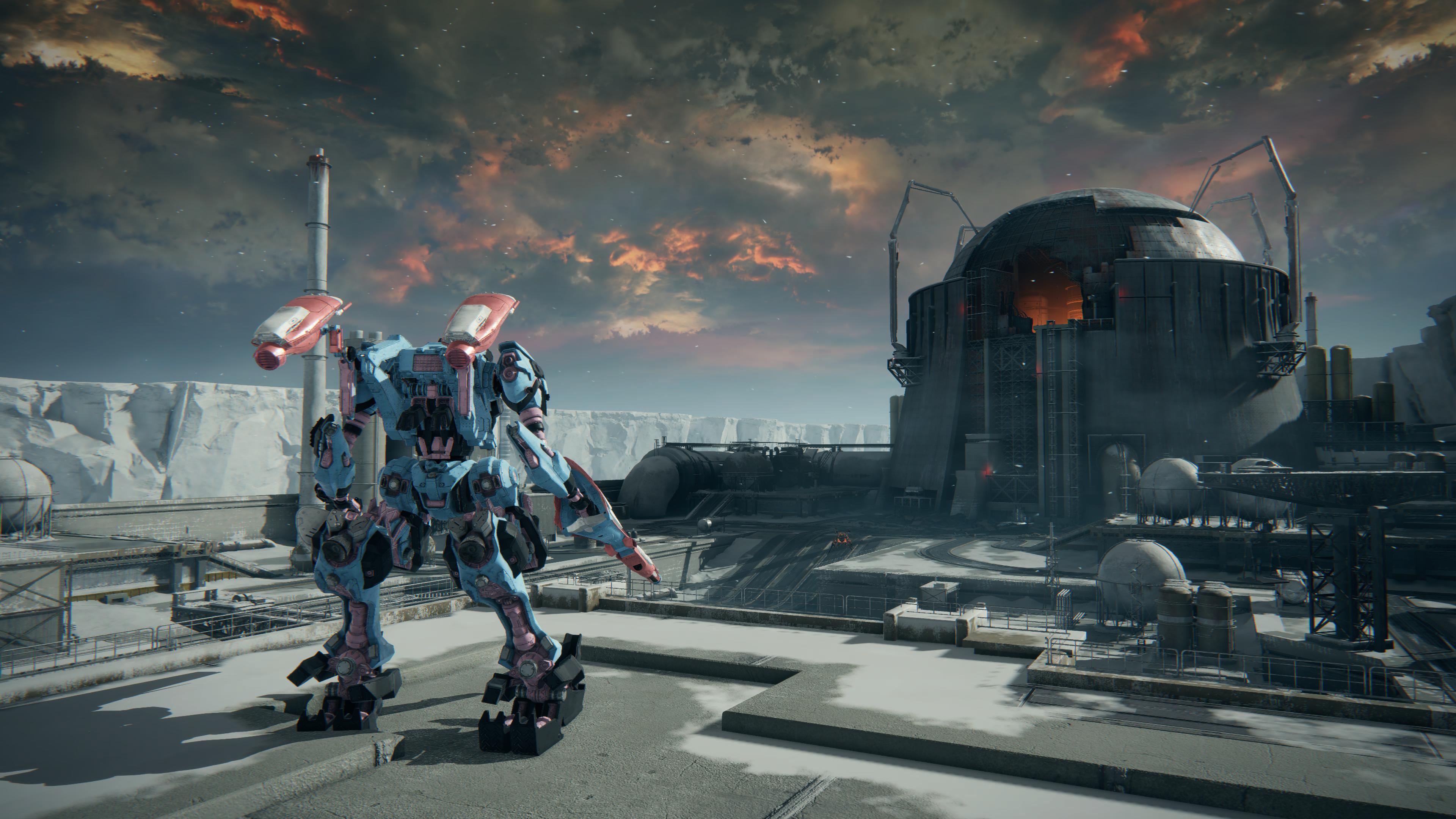FromSoftware has solidified itself as my favorite game studio in the industry. Launching banger after banger, its consistency in quality from Demon’s Souls in 2009 all the way up through Elden Ring in 2022 has been a rarity that few could achieve. And during the latest The Game Awards showcase, we got our first look at Armored Core VI: Fires of Rubicon.
The boldness of placing a “VI” in the title of a game that hadn’t seen an entry in nearly a decade was admirable, but it’s all the more clear why that’s the case now: FromSoftware may have gotten into its stride with Demon’s Souls, all three Dark Souls, Bloodborne, Sekiro and Elden Ring, but this new game is nothing like those.
Yet one of the few things they share in common is the audience’s perception of its difficulty. Yes, many believe Armored Core VI is the hardest FromSoftware game yet, but I could not disagree more. I’ve never had such an easy time with a title from this studio, and I would wager people’s belief in its difficulty comes from not fully understanding how to engage with it.
Embrace a shift in perspective
It’s been so long since FromSoftware has changed its formula that it’s easy to forget Sekiro had a prominent reputation as being the hardest game from this studio. But in reality, the rest of FromSoftware’s catalog was no different. Do you remember the first time you played Dark Souls, Bloodborne, Demon’s Souls or whatever might have been your initial dive into this franchise?

That first playthrough, before you fully understood what these games expected of you, was full of strife and struggle. But now that we understand how Soulsborne operates and can easily conquer the older titles upon replays, we no longer see those experiences as difficult. As a result, the company continuously raises the bar in difficulty.
Elden Ring featured the hardest boss FromSoftware has created by far, and the most difficult fight I’ve ever had in a video game. In fact, I put Malenia at the top of my 8 hardest bosses I’ve beaten throughout my video game career. I didn’t count, but it probably took 100 tries over the course of four hours for me to defeat her.

Since we’re so used to how the traditional Soulsborne formula plays, many are seemingly bashing their head against Balteus, the notorious boss of Chapter 1 in Armored Core VI. Players are assuming that, just like Souls, they can simply keep trying over and over, learn dodge patterns, figure out how to move through the arena, and win through simply “getting good.”
But here’s the truth: I wouldn’t put a single boss in Armored Core VI in the top 100 hardest I’ve battled and I don’t think any of them come close to the top 10 hardest in FromSoftware history. This is not because I’m somehow incredible at this game. My mech piloting skills are subpar at best, but I (thankfully) understood that this game demanded something far different: Creativity.

This game’s version of “getting good” is having the willingness to spend hours inside AC Assembly, testing how each of the stats impact your machine, and optimizing your build based on every part of your mech. Yes, that’s the key to overcoming the difficulty of Armored Core VI—it’s as simple as engaging with the mech building and expressing some creativity.
Armored Core VI is easy when you engage with mech assembly
I built seven vastly different mechs throughout my first playthrough of Armored Core VI and I took each one through major portions of the game. The initial machine I built utilized two MA-J-200 RANSETSU-RF burst rifles in its arms and two VP-60LCS laser cannons on its back. Using this on my first try against Balteus, I got the boss down to the slightest sliver of health. I then beat it on my third try.
Rushing to my friends to boast about my success, I realized they were struggling. One in particular spent two hours before they could defeat it, but decided they just weren’t having fun and dropped the game afterwards. Was this a result of our difference in skill levels? Absolutely not, as this person is far better at Soulsborne games than I can ever dream of being. Truthfully, it was just lucky that I happened to be sporting a build that perfectly exploited Balteus’ weaknesses.
I showed that same friend a video of my playstyle with that particular build and they were able to defeat Balteus on their first try with it. They were in shock and it made them realize that the crux of this game is reliant on adapting and optimizing your build and style of play until they synergize. They thought they were just bad at the game, but learning it’s just about the machine itself gave them the courage to continue.

To further prove this wasn’t a difference in skill, that same friend defeated the Chapter 2 boss on their first try while I went up against it eight times and failed to defeat it. It wasn’t until I reconfigured my build with double shotguns and two grenade launchers in a machine I called “DOOM SLAYER” that I bested them on my second attempt.
Optimizing your machine requires more than just randomly assigning parts and hoping something works. You need to take the time to test it in combat, and if you feel like it’s lacking in some avenues, go back to assembly and consider what could improve it. Several times have I excitedly built an Armored Core, thrown it into the battlefield, and realized it was a mess.
Instead of sticking with it mindlessly or just abandoning the concept entirely, I kept pushing until I found a combination of parts that made it unstoppable. One example is a machine I titled “CTNCNDY” due to its pastel pink and baby blue color scheme that made it look like a delicious carnival confectionery. I realized its collection of slow moving lasers and explosives meant machines would constantly outrun my attacks when I was far away.

So I made it lightweight and replaced its aiming module with one that performs far better at close range. This allowed me to go up close to enemies and bombard them with tons of lasers at once, but I still noticed a weakness: It lacked a certain springiness that could quickly allow it to close the distance, especially if enemies started flying upwards.
So I installed reverse-joint legs so it could quickly leap up into the air like a grasshopper if anyone tried to run away. Combine this with the powerful booster on its back that allowed it to dodge over great distances, and I turned a useless mess into a personal favorite.
Bottom line
Any “skill issues” you might have while playing Armored Core VI aren’t actually that. They’re just a reminder that you need to reconsider each individual part of your mech, whether it be its weapons, aiming module, booster, armor or generator. Different configurations will change how much health you have, how long you can fly, how fast you can dodge, whether you can hover in the air or spring into the sky suddenly, and the different damage types that can make a major difference in a bossfight.
Players will get stuck on a boss and feel like they’re too frustrated to continue. But I implore you to remember your first time playing a Soulsborne game. You had to learn patience, when to strike, when to dodge, what each stat meant, and how every mechanic worked fundamentally.
FromSoftware has once again changed the playing field and is trying to teach us a new method of engaging with its latest game, and if you don’t adapt, you won’t get far. People on the internet will say cruel things like “you’ve been filtered” or “skill issue,” but they’re wrong. It’s not hard, you just need to believe in yourself and embrace a change in perspective.
Good luck out there, 621.
Source link
 notebook.co.id informasi dan review notebook laptop tablet dan pc
notebook.co.id informasi dan review notebook laptop tablet dan pc